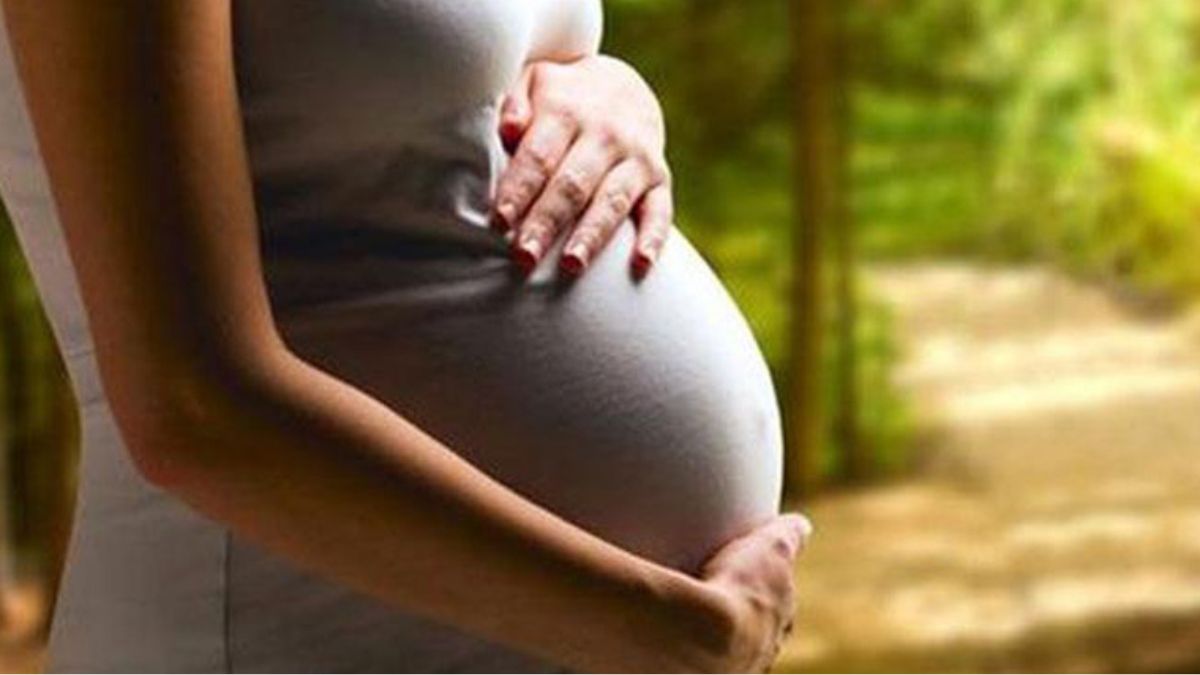How India achieved a significant decline in maternal and child mortality rates
 Representational image | Reuters
Representational image | Reuters
In a significant breakthrough, India has witnessed a continued improvement in the key maternal and child health indicators. As per the Sample Registration System (SRS) Report 2021, the Maternal Mortality Ratio (MMR) has shown a marked reduction, declining by 37 points from 130 per lakh live births in 2014–16 to 93 in 2019–21.
The report released by the Registrar General of India recently also showed a downward trend in the Infant Mortality Rate (IMR) and Neonatal Mortality Rate (NMR).
Key findings of the report
The IMR declined from 39 per 1000 live births in 2014 to 27 per 1000 live births in 2021.
While the NMR has declined from 26 per 1000 live births in 2014 to 19 per 1000 live births in 2021.
From 2.3 in 2014, the total fertility rate remained consistent at 2.0 in 2021, which is seen as a significant improvement.
Under-five Mortality Rate (U5MR) has declined from 45 per 1000 live births in 2014 to 31 per 1000 live births in 2021.
The study also revealed that eight countries attained the target of MMR by 2030. Kerala, Maharashtra, Telangana, Andhra Pradesh, Tamil Nadu, Jharkhand, Gujarat and Karnataka.
India’s MMR has reduced by 23 points from 2020 to 2023.
How India achieved a decline in maternal and child mortality rates
Through strategic interventions and an integrated approach, the country was able to achieve a downward trend in maternal and child mortality rates throughout the years,
Under the Centre’s Ayushman Bharat, an annual health coverage of up to ₹5 lakh per family is given ensuring financial protection and access to essential services.
Every pregnant woman is entitled to free institutional delivery, including C-sections, along with complimentary transport, medication, diagnostics, and nutrition support in public health facilities.
Also, the Health Ministry has strengthened health infrastructure by establishing Maternity Waiting Homes, Maternal and Child Health (MCH) Wings, Obstetric High Dependency Units (HDUs)/Intensive Care Units (ICUs) Newborn Stabilization Units (NBSUs), Sick Newborn Care Units (SNCUs), Mother-Newborn Care Units.
Early screening of newborns for birth defects was also made part of the mother and child programme.
Key clinical practices such as the administration of antenatal corticosteroids for preterm labour, use of Continuous Positive Airway Pressure (CPAP), and structured follow-up for hearing and vision screening contributed to improved newborn survival outcomes.
In order to ensure quality healthcare services, facility-based quality certification, enhancement of healthcare workers’ skills and robust supervisory mechanisms were put in place. Also, training was given to birth attendants, midwives and community health workers to deliver essential maternal and child health services.
Health